Australia facing huge time bomb, census data shows
Australia is facing a ticking time bomb, with a warning we need to make big changes – and quickly – if we want to move forward as a nation.

Australia’s most recent census results show the country is facing a ticking time bomb – and there are key changes we need to make now if we want to continue to thrive as a nation.
The 2021 Census not only provides a snapshot of where the nation currently stands, but it also provides a glimpse into what the future holds.
And the data has shown our ageing population is likely to become a major problem in the years to come.
It is also set to put added pressure on working Australians to support the rest of the population.
The issues around the ageing population were discussed during News Corp’s Beyond’23 conference in Sydney on Tuesday.
Sky News journalist Tom Connell revealed what challenges are likely to arise as Australia’s population continues to age, and what can be done to lessen those impacts.
Census data shows Australia’s median age has steadily increased, rising from 34 in 2006 to 38 in 2021.
And when looking more specifically at some of the occupations with the highest median ages, Connell said there were some worrying trends.
Want to stream your news? Flash lets you stream 25+ news channels in 1 place. New to Flash? Try 1 month free. Offer available for a limited time only >
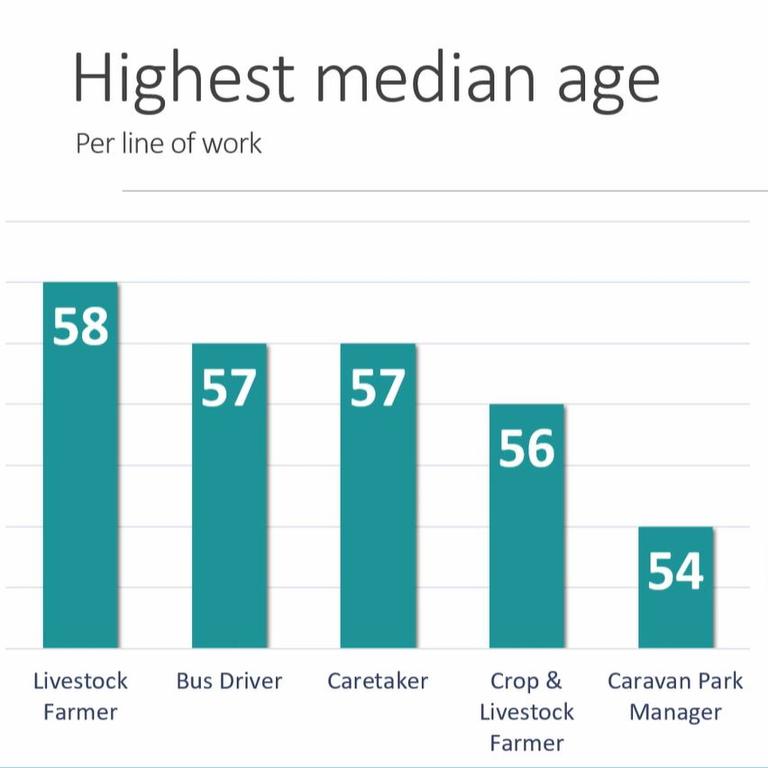
Looming farming crisis
The data shows the median age of livestock farmers and crop farmers are of particular concern, sitting at 58 and 56 respectively.
“What we are seeing here is what we long suspected. Farmers, their sons and daughters, are not necessarily sticking around,” Connell said.
“This is the race of, can we replace that next generation with more automation? We are seeing it happen a lot in farming (globally) and that’s why we need to see it happening a lot in farming in Australia.”
More strain put on working Aussies
There have also been some big changes in Australia’s working age demographic as a whole.
In 2001, 66.3 per cent of Australians were aged 15-64, 21.6 per cent were aged 0-14 and 12.1 per cent were aged 65 and over.
In 2021, census data shows that the number of citizens aged over 65 has spiked, now sitting at 17 per cent, while the number of people under the age of 14 has dropped down to 19 per cent.
The number of people aged 15-64 dropped to 64 per cent.
The 15-64 age group is typically considered the demographic where most people are working, with the other age groups either too young or heading into retirement.
Connell said this means more strain is being put on working Australians to support the other groups.
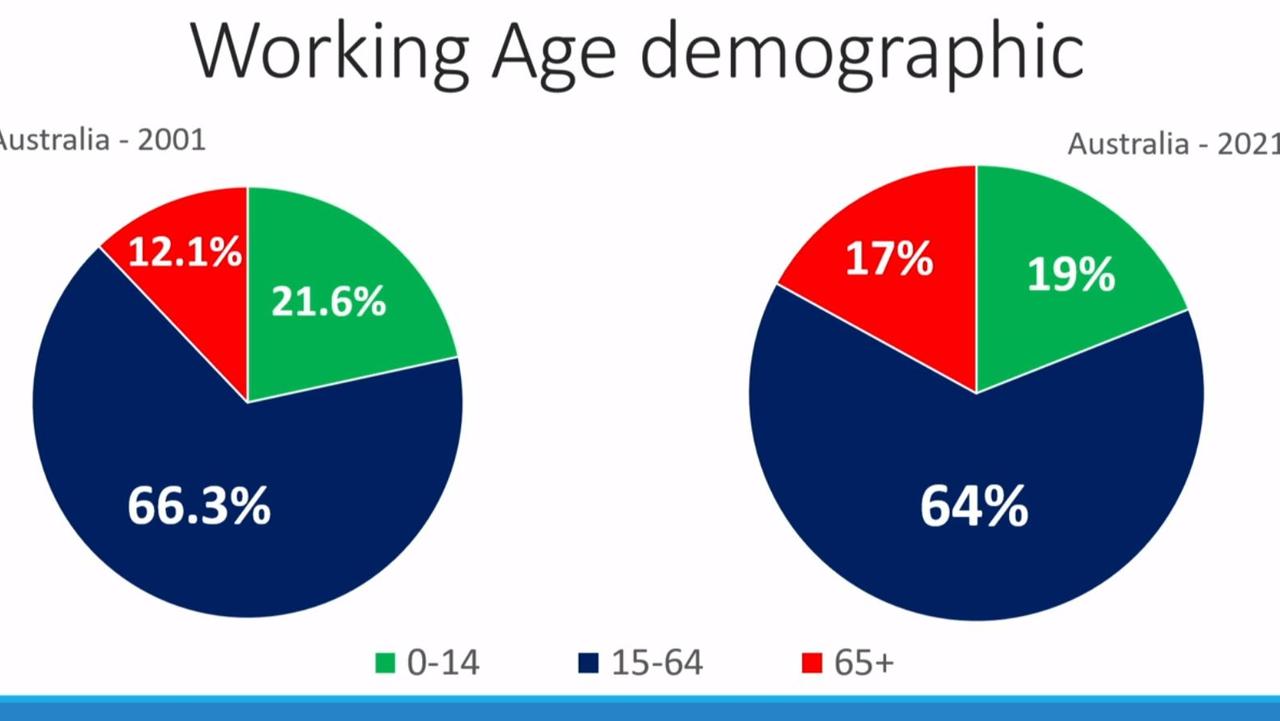
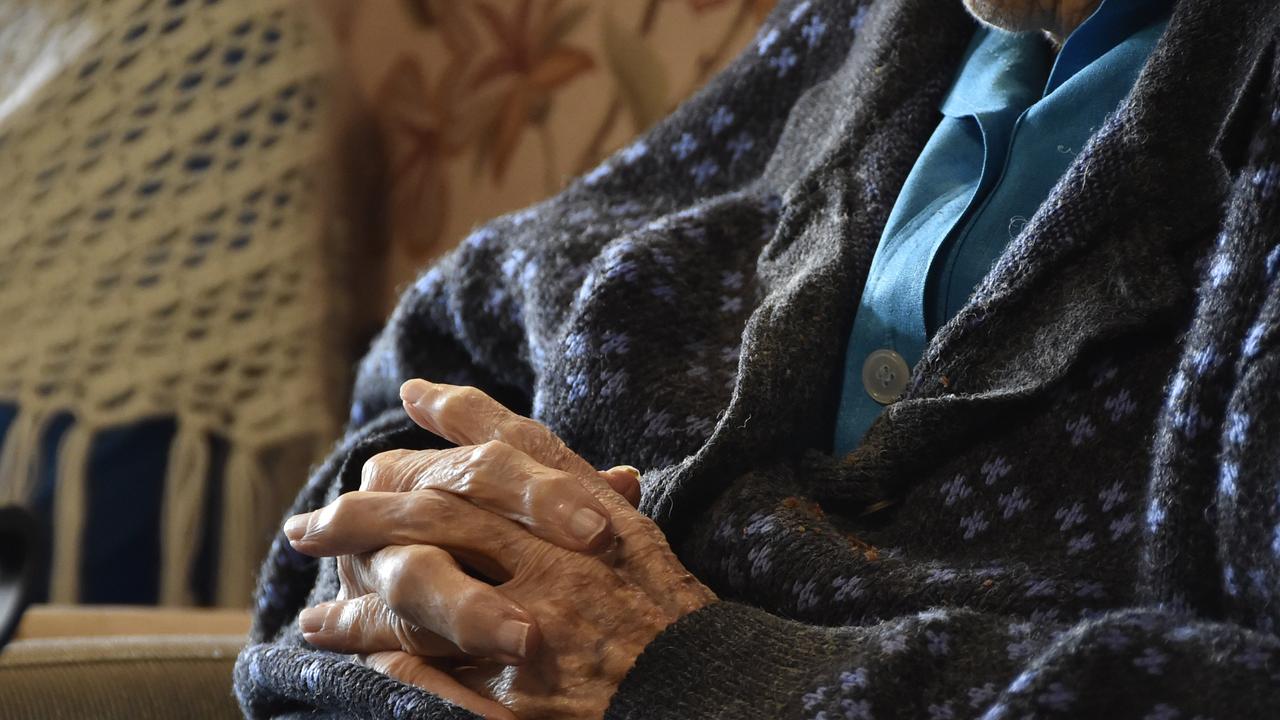
He said while a drop of 2.3 per cent in that key demographic may not look huge, it could have a considerable impact.
“Suddenly you need to support 36 per cent with 64 per cent, rather than supporting 33.7 per cent with 66 per cent,” he told the conference.
Every percentage point that changes makes it much harder to budget to accommodate that shift.
“The worse this number gets, the harder that is to achieve,” he said.
Connell compared the path Australia is on to Japan, which has what is referred to as a “super-aged” society.
Japan has the second-largest percentage of total population over 65, sitting at 29 per cent, according to market and consumer data company, Statista.
It is second only to Monaco, which has 36 per cent of its population aged over 65.
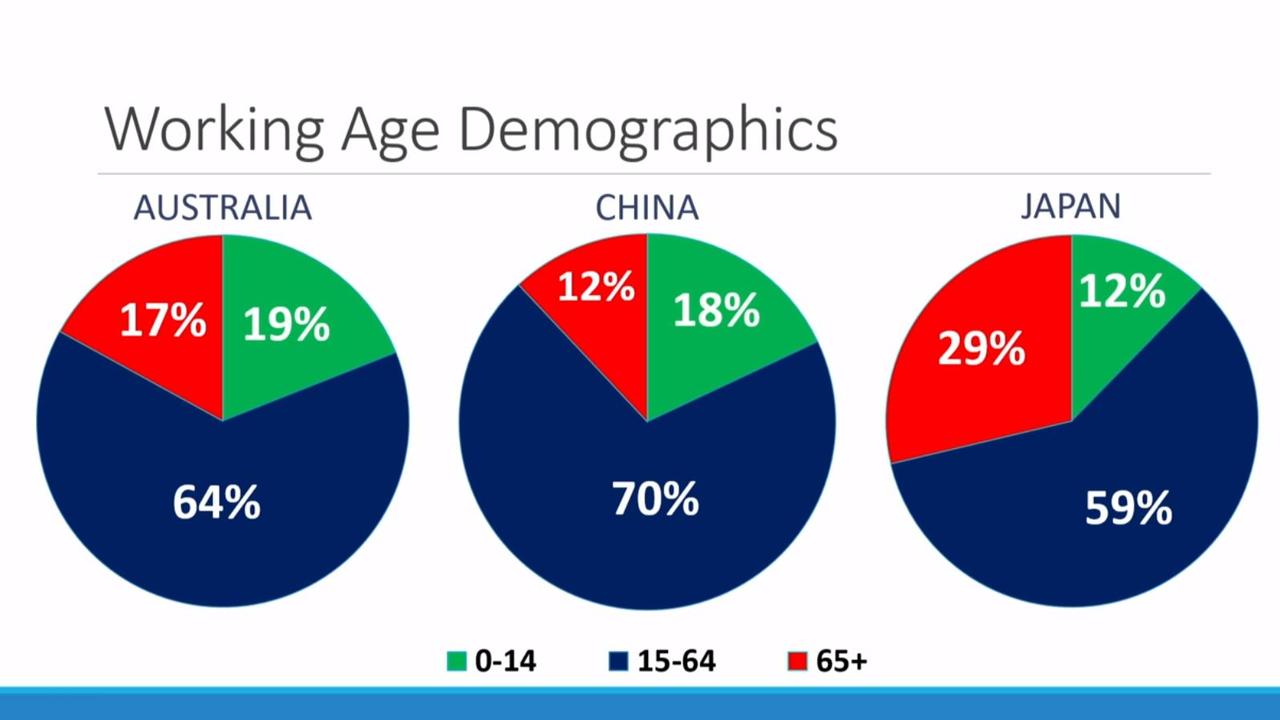
In Japan, about 59 per cent of the population is in that 15-64 age range, with just 12 per cent in the younger demographic range and the rest being aged 65 and over.
“Japan is where countries don’t want to get to in terms of that demographic mix and being able to afford what we want to do in life,” Connell said.
Immigration key to avoiding ‘super-aged’ society
So what can Australia do to ensure it doesn’t become a “super-aged” society?
Demographer Simon Kuestenmacher told the Beyond’23 conference that our immigration policies are key to slowing down the rate at which Australia is ageing.
“That’s exactly why we have an immigration policy that wants many people in the country,” he said.
“We can slow down the ageing of Australia – maybe forever, at least for the next two, three decades – which buys us a lot of time.”
Australians have also been told to expect a big uptick in the need for healthcare workers, with Mr Kuestenmacher saying those wanting to have a “future-proof” career should look to the health and aged care sectors.
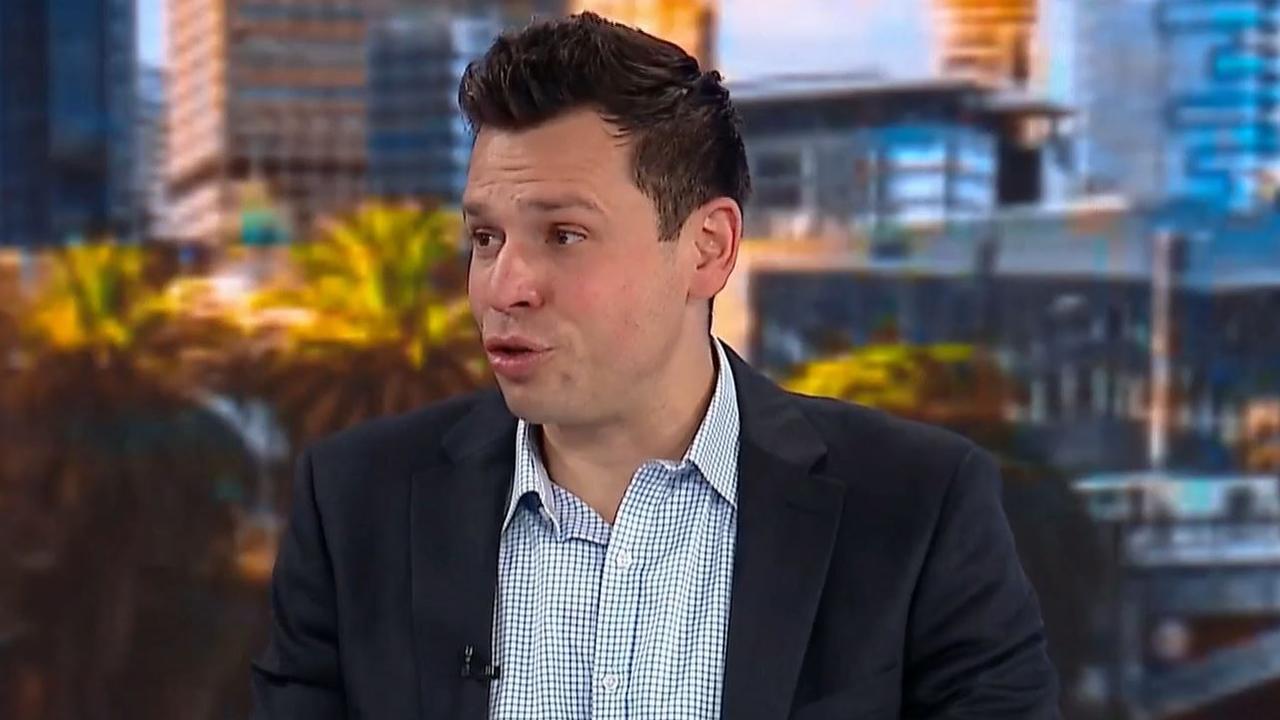
“Focus on care jobs – they will be in high demand for the next decades, without a doubt. We are actually nowhere near prepared to have enough workers for the aged care sector in particular,” he said.
He noted there is already high demands for all kinds of healthcare workers, including top level surgeons, nurses and care workers.
“The demand for care jobs, particularly, will skyrocket in about 10 years’ time when the oldest Baby Boomers start to reach the mid-80s where about half of them will have care needs,” he said, warning Australia currently doesn’t have the workforce to cope with that.
Mr Kuestenmacher said over the past five years there have been 90,000 care jobs in Australia, with that number likely to double in the coming years.
“If you want to get ready for an ageing country, you don’t just need to automate the aged care sector, you need to automate absolutely every industry in the country to make sure you have enough workers available,” he said.






